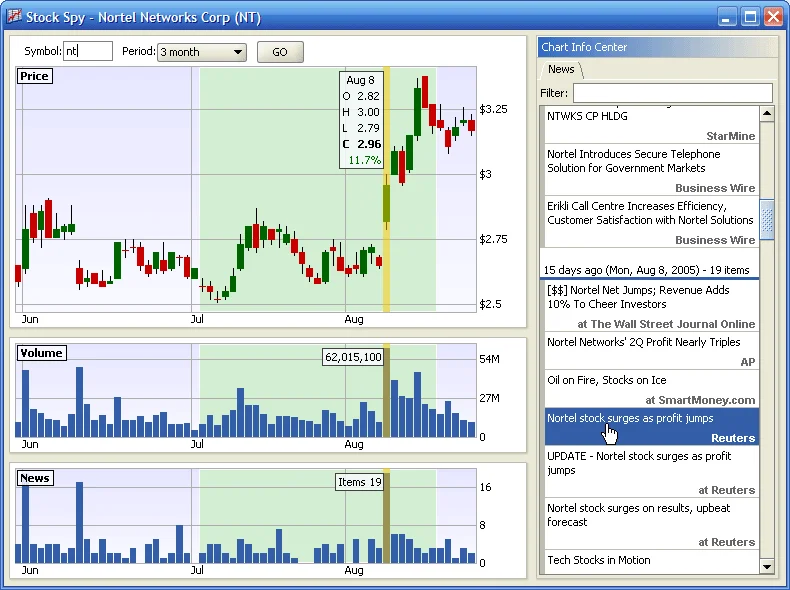Article Directory
The SPDR S&P 500 ETF Trust (SPY) just printed a new all-time high. On the surface, this is the simple, clean narrative the market loves to tell itself. It’s a story of broad economic recovery, strong corporate earnings, and unwavering investor confidence. The data points seem to line up neatly: the fund is up a healthy 12%—or 12.4%, to be exact—year-to-date, and the analyst consensus tracked by platforms like TipRanks pegs it as a “Moderate Buy” with an implied upside of another 12.21%. These figures are drawn from the latest SPY ETF News, 10/13/2025.
This is the kind of data that gets packaged into morning news segments and bullish headlines. It suggests a smooth, upward trajectory, a market humming along in perfect harmony. But when you look past the aggregated scores and consensus averages, the underlying data isn't singing in harmony. It’s screaming in dissonance. The clean narrative of a confident market begins to fray, revealing something far more complex and conflicted just beneath the surface. The story of SPY today isn't one of uniform strength; it's a story of profound contradiction.
A Tale of Two Tickers
To understand the tension coiling within the market, you don’t need to look much further than the ETF’s own holdings. The data presents a fascinating, almost schizophrenic, view of risk and reward. On one hand, you have the designated high-flyers, the stocks with the highest perceived upside potential: Moderna, MGM Resorts, Fiserv. These names tell a story of post-pandemic recovery, technological innovation, and a return to consumer spending.
Then you have the other list: the holdings with the greatest downside potential. Here you’ll find names like Intel, Super Micro Computer, and, most tellingly, Tesla (TSLA). And this is the part of the report that I find genuinely puzzling. On the very same day that Tesla is flagged as a top downside risk within SPY’s portfolio, a Melius Research analyst initiates coverage with a "must own" Buy rating, slapping a $520 price target on the stock and sending it soaring over 4%.
How can a single stock simultaneously be a portfolio's anchor and its potential deadweight? It suggests the institutional view and the street's narrative engine are fundamentally disconnected. One set of data implies caution, a warning of over-extended valuation, while a single influential voice can ignite a rally based on future promises. This isn't a sign of a healthy, unified market. It's the market as a car with two drivers fighting over the steering wheel—one is focused on the guardrails and the steep drop-off ahead, while the other is staring at the horizon, foot jammed on the accelerator. The car may be moving forward for now, but the ride is getting dangerously erratic.

Which signal do you trust? The aggregated risk assessment built into the ETF's composition, or the catalyst-driven momentum of a single analyst call? The existence of both, pulling in opposite directions, should give any serious analyst pause.
The Consensus Is a Mirage
This internal conflict extends beyond individual stocks and into the broader strategic outlook. The same market that generates a "Moderate Buy" consensus is also flashing signals for a highly specific, tactical short position. An AI-driven analysis from October 13th points to an "exceptional 17.2:1 risk-reward short setup," targeting a 5% downside from the current price of $663.83 (as of this analysis). It lays out a precise Risk Hedging Strategy: enter a short position at $663.83 with a tight stop-loss just above at $665.82. This tactical approach is a clear example of Discipline and Rules-Based Execution in SPY Response.
Let’s be clear about what this means. While the averaged-out, long-term view suggests buying, the disciplined, rules-based tactical models are screaming to sell. This isn't just a minor disagreement; it's a fundamental divergence in market interpretation. The "Moderate Buy" rating is an illusion created by averaging. It’s like taking a poll where half the respondents say the room is freezing and the other half say it's on fire, and concluding the average temperature is "pleasantly warm." The average is statistically correct but experientially useless. It completely misses the real story, which is the extreme division of opinion.
The truth is, the market isn’t moderately bullish. It’s radically polarized. One camp, fueled by accommodative monetary policy and strong earnings narratives, is buying into the long-term growth story. The other, looking at stretched valuations and quantitative signals, is preparing for a sharp, albeit potentially brief, correction. SPY sitting at an all-time high isn't a reflection of universal confidence. It’s the temporary, unstable equilibrium point between two immense, opposing forces. The question isn't if one of these forces will win out, but when—and how violent the resulting move will be.
The Illusion of Consensus
My final take is this: the "Moderate Buy" rating on SPY is one of the most misleading data points in the market right now. It’s a statistical artifact, a meaningless center point between two warring factions. The real, actionable intelligence isn't in the consensus; it's in the dispersion. The fact that a premier holding like Tesla can be a top buy and a top risk simultaneously, and that tactical models are building a near-perfect short setup at an all-time high, tells you everything you need to know. The market isn't confident. It's deeply, fundamentally uncertain, and the placid surface of a new high is masking a torrent of conflicting pressures below. Ignore the average; analyze the outliers. That's where the truth is.




